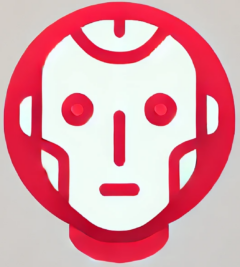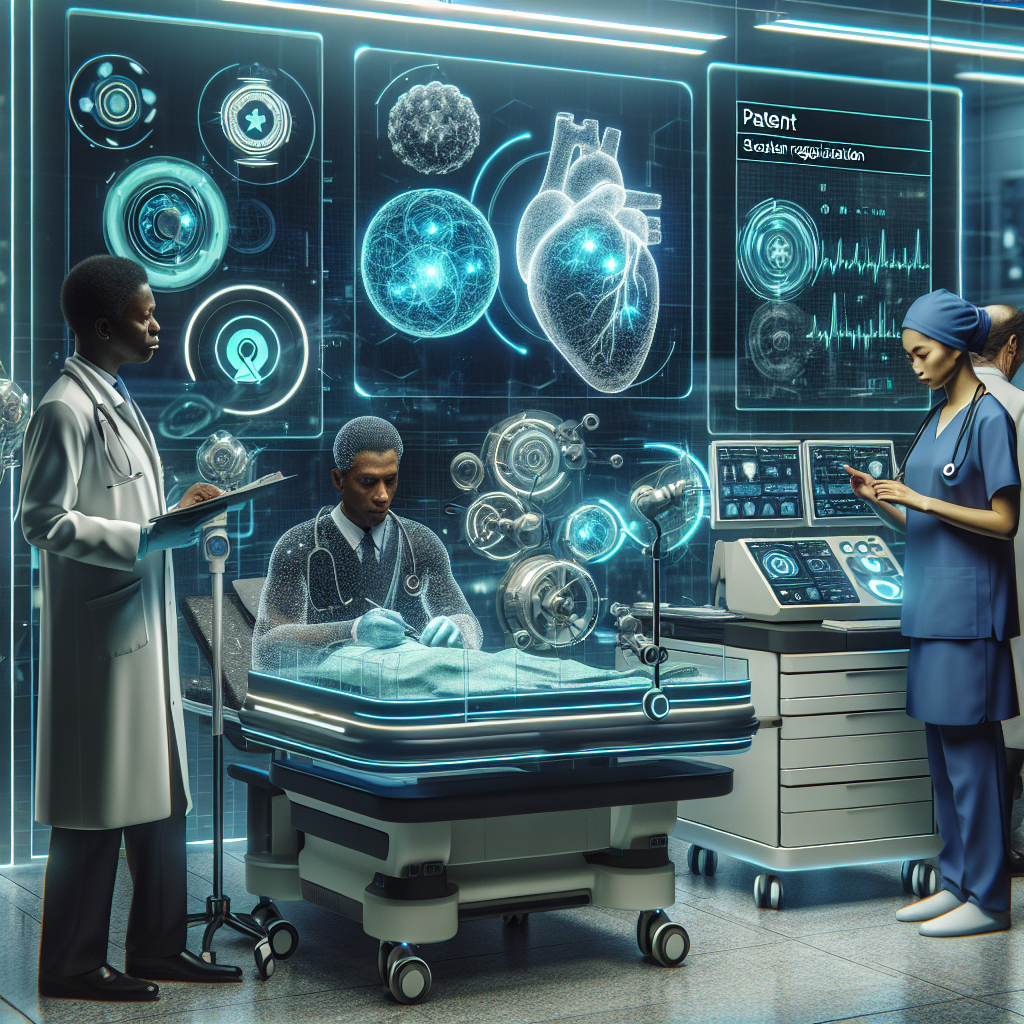Speculative Patents for AI Medical Devices
In 1970, the U.S. Patent and Trademark Office granted a patent for a “healing machine” powered by psychic energy. Though devoid of scientific legitimacy, it underscored a bold reality: when innovation moves faster than comprehension, the law often plays catch-up. Fast-forward to today, and AI-equipped medical devices sit at a similarly precarious crossroads—where software evolves independently, and static patents struggle to keep up. This is why speculative patents for AI medical devices are becoming not just a legal tool, but a necessity.
Why Traditional Patent Models Fall Short
Medical device patents have historically relied on clearly defined technical descriptions and predictable use cases. But AI-driven diagnostic tools, surgical assistants, and personalized treatment platforms learn, re-train, and evolve over time. Traditional patent frameworks are ill-suited for devices where the core functionality may shift significantly post-launch.
Consider this: an AI-powered ultrasound system may initially detect tumors using preloaded datasets. A few software updates later, the same device might predict cardiac risks using fresh patient data. Does the original patent still apply? This instability demands a more dynamic, future-focused approach to patent drafting.
The Rise of “Speculative Features” in AI Medical Patents
Speculative patent strategies anticipate how AI systems will function, not just at issuance, but years down the line. These forward-looking approaches include:
- Broad claims that account for multiple machine learning models or data types.
- Modular language that defines how updates, retraining, and evolving algorithms are incorporated.
- Inclusion of “phantom features”—not yet realized, but plausible advances in functionality or application areas.
Such strategies can help secure a broader scope of protection but come with a higher burden of proof and risk of invalidation for lack of enablement or specificity.
Regulatory and Legal Challenges
Regulators like the FDA are still building frameworks for adaptive AI in health care, with a focus on transparency, safety, and efficacy. Meanwhile, U.S. patent law requires inventors to fully describe their invention—a tall order for AI systems that continuously update via machine learning.
In essence, the legal framework remains rooted in a static understanding of innovation, while technologies like AI thrive on change. This dissonance is forcing patent attorneys to anticipate how judges and examiners may interpret inventive steps, utility, and enablement in a fluid technological environment.
What This Means for Inventors and Private Companies
Organizations patenting AI medical devices must collaborate closely with R&D, software developers, and legal counsel. Filing strategies should build in elasticity—both in claim language and in supporting documentation. For startups, this can be the difference between holding a competitive moat or becoming obsolete in two product cycles.
Moreover, inventors are advised to stay alert to ongoing regulatory shifts. Agencies may soon require lifecycle-based patent updates or even propose new forms of IP tailored for evolving software systems. You can read more on the topic from Bloomberg Law.
Conclusion: Patents That Predict, Not Just Protect
As AI continues to redefine the boundaries of medical technology, patent law must bend toward speculation and foresight. The ability to map—and legally claim—a device’s future possibilities is becoming its own competitive edge. Crafting speculative patents for AI medical devices is less about hedging bets and more about owning the path of innovation before others even begin to walk it.

